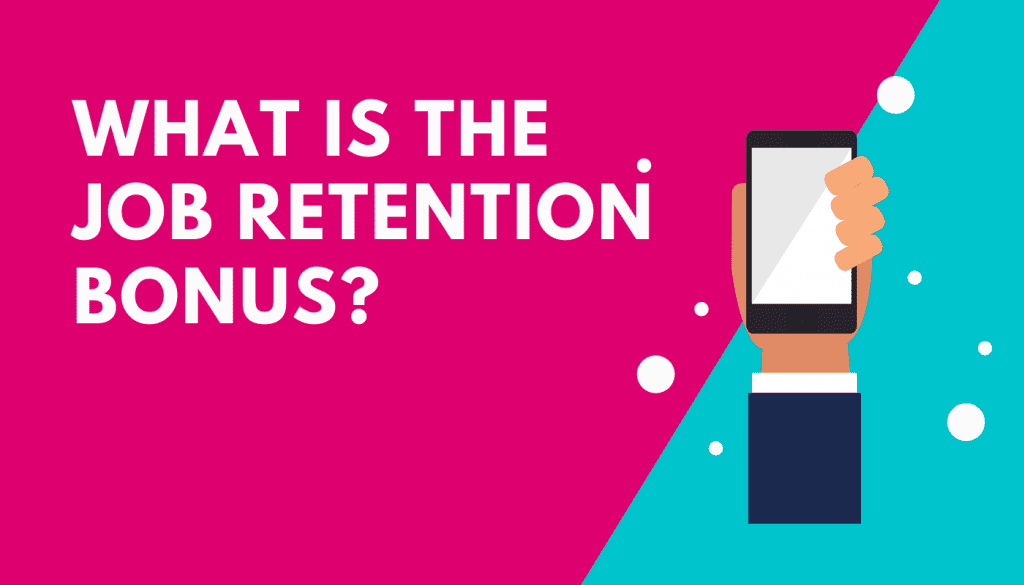Yesterday the chancellor delivered his Winter Economy Plan to the nation. And whatever the colour of your politics this was…
Every business is on a three-step journey: survive, adapt, and thrive. Before COVID-19 hit, many were adapting or had adapted…
Nobody starts a business to see it crashing after a couple of years. No one wants their business to stay…
So many businesses are in the position where they need to cut overheads but how do you do this without…

Thousands of smaller businesses in England are set to benefit from £20 million of new government funding to help them…

Ask HMRC to verify you had a new child which affected your eligibility for the self-employed income support scheme. If…

Employers will be able to claim a one-off payment of £1,000 for every employee they have previously received a grant…

Choose how and when you can delay making your second payment on account for the 2019 to 2020 tax year….

In March 2020, CH introduced temporary easement measures to suspend voluntary strike off action in response to coronavirus (COVID-19) and…

Restaurants and other establishments serving food for on-premises consumption can now sign up to a new government initiative aimed at…


